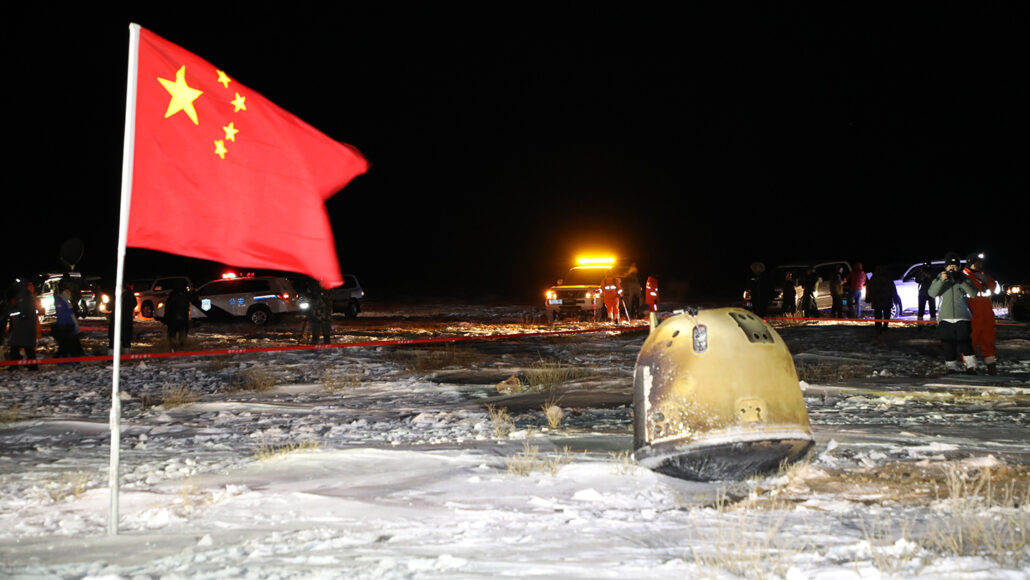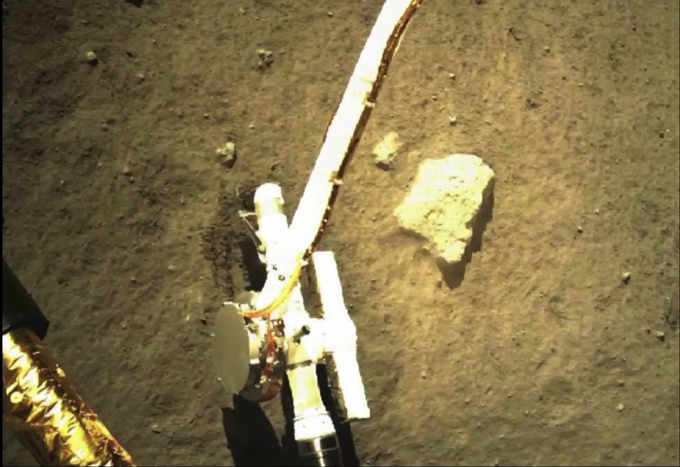Cancer costs US more than $156 billion, with drugs a leading expense
HERSHEY, Pa. — Care for the 15 most prevalent types of cancer in the U.S. cost approximately $156.2 billion in 2018, according to a team of Penn State College of Medicine researchers. The team also found that medication was the biggest expense and that medication expense for breast, lung, lymphoma and colorectal cancers incurred the most costs.
In a study, the researchers examined a database that included statistics on cancer care for the 402,115 privately insured cancer patients younger than 65 in the U.S. The aim of the study was to gather this data to help understand how money is being spent on cancer care. This information traditionally has been difficult to track, mainly because the U.S. has different ways to cover healthcare costs, such as private insurance for people less than 65 years of age and Medicare for people aged 65 and over, according to Dr. Nicholas Zaorsky, assistant professor from the Departments of Radiation Oncology and Public Health Sciences at the College of Medicine and researcher at Penn State Cancer Institute.
“The public often hears that the U.S. spends an inordinate amount of money on health care, but no one has quantified exactly how big that number is and how is that number broken down for exactly what types of services,” said Zaorsky, who is an associate of the Institute for Computational and Data Sciences. “Cancer is a leading cause of death, actually overtaking heart disease as the leading cause of death in the U.S. over the past few years. But, it’s still unknown what we pay for in cancer care. As a team, we wanted to look at what private insurances are paying for each kind of cancer and for each type of service. We also wanted to look at what are the greatest number of services performed and how much does each one of those services cost.”
The researchers, who report their findings today (Oct. 6) in JAMA Network Open, said that the database included 38.4 million types of procedures — or common procedural terminology (CPT) codes — for the 15 cancers, which include breast, prostrate, colorectal, lung, lymphoma, melanoma, uterus, head and neck, bladder, kidney, thyroid, stomach, liver, pancreas and esophagus cancers. The cohort study used 2018 data — the most recent complete numbers available — from the IBM Watson Health MarketScan. The sample included 27.1 million privately insured individuals, including patients diagnosed with the most prevalent cancers.
Breast cancer incurred the most services, about 10.9 million services and procedures, followed by colorectal cancer, which had approximately 3.9 million services listed in the database. Breast cancer was also the most expensive type of cancer, costing a total of $3.4 billion, followed by lung cancer and colorectal cancer, which were both estimated to incur around $1.1 billion in costs.
According to the researchers, drug costs represent the most expensive category for treating cancer patients. About $4 billion were spent on drugs to treat cancer, which is double the $2 billion paid out for surgeries.
The study was not meant to assess whether the spending on drugs — or any of the services — was cost-effective, although Zaorsky said the study may help guide future research into the subject.
“It's hard to say like what is a reasonable price for a drug or service, but I think it’s fair to say that they make up the plurality of our health care spending in the U.S., then some would argue that this money may be better spent elsewhere in other services,” said Zaorsky. “These figures basically just show you how much the medical system spends on certain types of cancers versus another one. You might ask if these costs are justified. For example, pancreatic cancer is one of the deadliest cancers, but the total cost of care that we devote to pancreatic cancer is relatively low versus something like indolent prostate cancer.”
###
For other future work, Zaorsky said that researchers might want to examine the cost of care at the time of diagnosis and track those costs over the years after diagnosis.
The team included Chachrit Khunsriraksakul, graduate student in bioinformatics and enomics; Samantha Acri, system analyst; Dajiang Liu, associate professor of medicine; Djibril Ba, research data management specialist, John Lin, a former medical student and now resident physician; Guodong Liu, associate professor of public health sciences, Joel Segel, associate professor of health policy and administration; Joseph Drabick, professor of medicine; Heath Mackley, radiation oncologist and Douglas Leslie, professor of public health sciences and psychiatry, all of Penn State College of Medicine. The authors declare no related conflicts of interest.
The Penn State Cancer Institute, the Penn State College of Medicine, the National Institutes of Health and the American Cancer Society supported the work.
JOURNAL
JAMA Network Open











